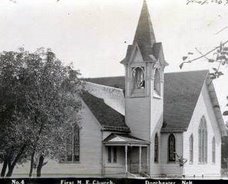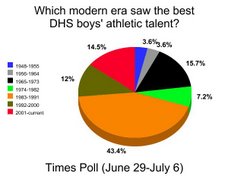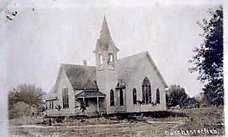
A story in the Omaha newspaper this week reported that "booming agriculture land values last year drove a nearly $21 billion increase in the state's taxable property valuation."
This is bad news for area farmers who own land, due to the likelihood of soaring property taxes that follow sizable valuation increases. It's also bad news for younger farmer who'd would like to buy their own farm ground.
However, since property tax dollars pay for schools and roads, the ever-increasing portion of property tax revenues derived from farm land is probably good news for residential property owners, since their property taxes are kept in check. (Readers should note that the amount property owners pay depends on the value of their property and the tax rates set by local governments -- not state government. Around 65%-70% of your property tax dollar goes to pay for K-12 education, as a general rule.)
According to Nebraska's Department of Revenue, ag land valuations increased 29% between 2013 and 2014, following nearly 23% growth the prior year. This marks the sixth consecutive year in which ag land values grew by double-digits, based on sales.
Chase County in southwest Nebraska experienced the largest jump in ag land values at 58.48%, but 16 other counties -- including Saline -- saw increases between 40% and 50%.
According to our research, Saline County's ag land grew 40% in value from 2013 to 2014.
Saline County's residential properties -- when new growth is excluded -- realized a 0.36% increase in value over the past year.


















































Good article. I would like to expand on how property tax dollars are determined. Each year all entities that receive a portion of your tax dollar have budget hearings in which the public can voice their opinion. Once the entity has "set" their budget, it is given to the county board of commissioners. The budgets are divided into the value of real & personal property that are in that entities district to determine the tax rate. It is the spending of the entities that ultimately determines what you will pay in taxes.
ReplyDelete